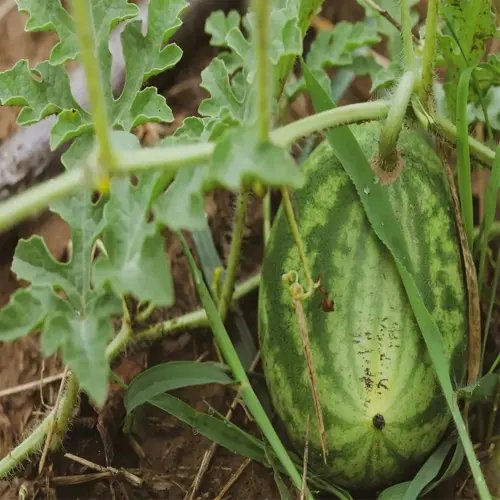What's the proper method for planting sunflower seeds?

Written by
Kiana Okafor
Reviewed by
Prof. Samuel Fitzgerald, Ph.D.The planting of sunflower seeds begins with a choice of site. Pick out a place that has 6-8 hours of direct sunlight and is well-drained. I have witnessed seedlings struggling to develop into seedlings in areas that were very clay-heavy until the planting hole was modified through the introduction of sand. To check for drainage, dig one foot down to create a hole and fill it with water. You want the water to drain within an hour.
Testing & Adjusting
- pH Range: 6.0-7.5 (use lime to raise, sulfur to lower)
- Organic Matter: Mix 3 inches compost into topsoil
- Nutrients: Add balanced 10-10-10 fertilizer at planting
Post-Planting Care
- Watering: 1 inch weekly, avoid wetting leaves
- Mulching: 2 inches straw to suppress weeds
- Support: Stake giants over 8 feet tall
To manage pests, aphids can be sprayed with soapy water (1 tsp of dish soap per quart of water is recommended). A neighbor had ‘Mammoth' crops that were unharmed, even when deer raided nearby crops using 7' fencing. Birds do not bother ‘Black Oil' varieties, so plant these as a border around the sweeter varieties.
Cut Flowers
- When: Morning after petals open fully
- Method: Slant cut stems, place in 100°F water
- Vase Life: 7-10 days with daily water changes
Seed Harvest
- Signs: Back of head turns brown
- Drying: Hang upside down for 3 weeks
- Storage: Airtight jars with silica packs
Yearly rotating planting areas is an effective way to discourage soil depletion. In 2022, a client and I successfully planted ‘Autumn Beauty' and ‘Sunrich Gold' in succession, having blooms from June to October. Staggering the seeds every 14 days if you're going to do this as well; put a colored sticker from your calendar for each variety based on when you will be staggering the seed.
Read the full article: How to Plant Sunflowers: Expert Guide for Vibrant Blooms

